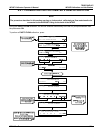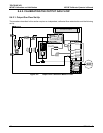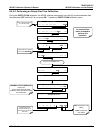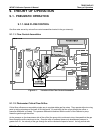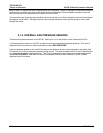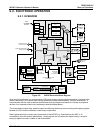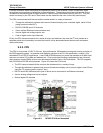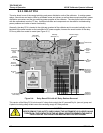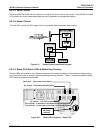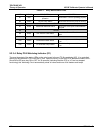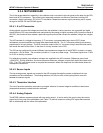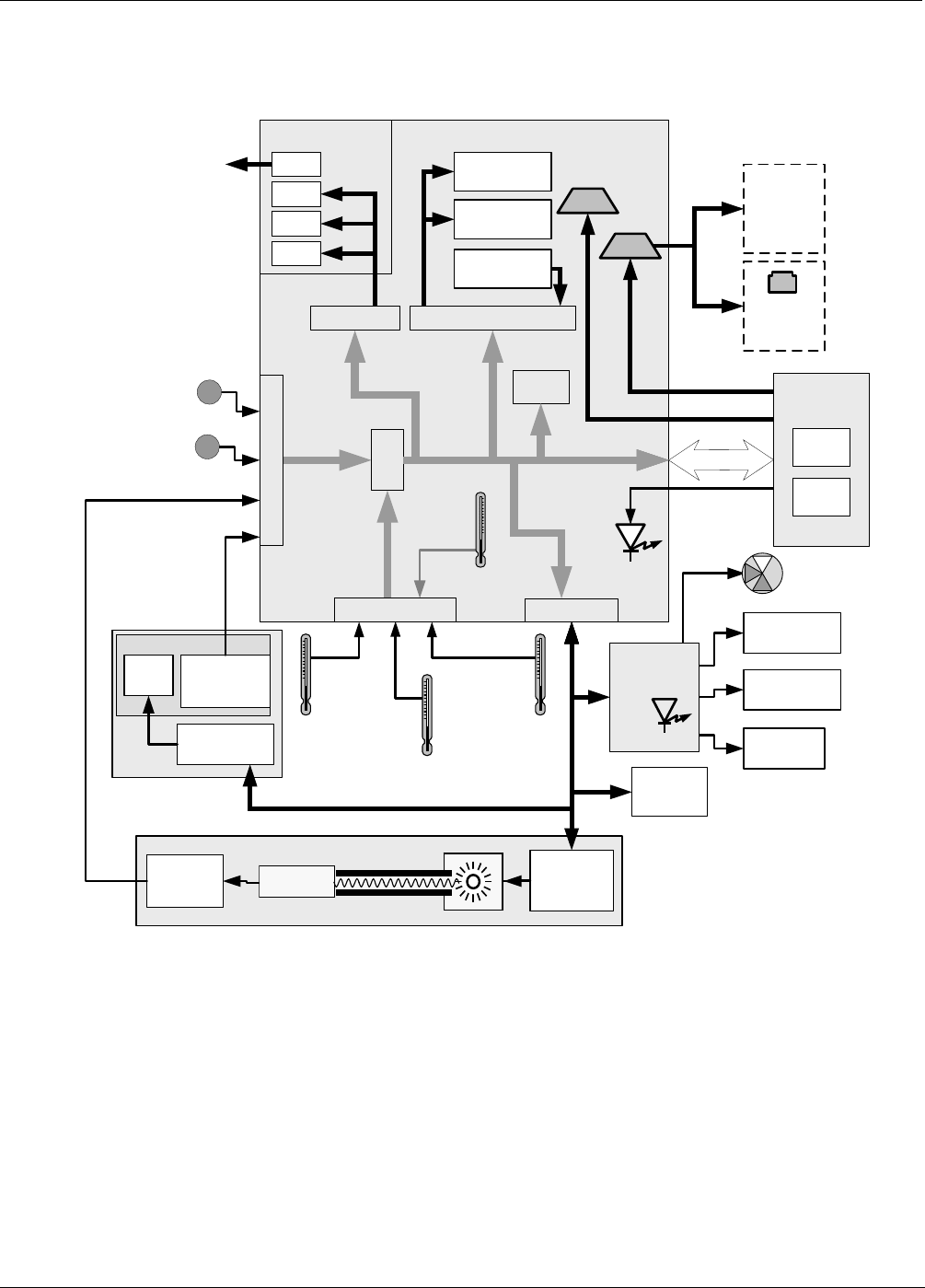
TELEDYNE API
M703E Calibrator Operator’s Manual Theory of Operation
9.2. ELECTRONIC OPERATION
9.2.1. OVERVIEW
Photometer
Lamp Power
Supply
Photometer
Detector
Preamp
Absorption tube
Photometer
Detector
O
3
Generator
‘
Optional
Ethernet
Card
Analog Outputs
Aout 1
Aout 4
Analog Outputs
(D/A)
External Digital I/O
Power Up
Circuit
Sensor Inputs
P
C
1
0
4
B
u
s
PC 104
CPU Card
Disk on
Chip
Flash
Chip
COM
1
COM
2
Aout 3
Aout 2
TEST
CHANNEL
OUTPUT
Status Outputs
1 - 8
Control Outputs
1 - 12
Control Inputs
1 - 12
RS-232
or RS-485
RS-232
Optional
Multidrop
Card
CPU
Status
LED
O
3
Generator
Reference
Detector
I
2
C Bus
Keyboard
& Display
Photometer
Pump
Photometer
Lamp Heater
O
3
Generator
Lamp Heater
O
3
Generator
Lamp Supply
Thermistor Interface
Box
Temperature
Photometer Sample Gas
Pressure Sensor
O
3
Generator Input
Pressure Sensor
UV
Lamp
A/D
Converter
RELAY
PCA
I
2
C
Status
LED
Photometer
UV Lamp
Temperature
O3 Generator
UV Lamp
Temperature
Photometer Sample Gas
Temperature
Photometer
M/R Valve
(Optional)
Figure 9-2: M703E Electronic Block Diagram
At its heart, the calibrator is a microcomputer (CPU) that controls various internal processes, interprets data,
makes calculations, and reports results using specialized firmware developed by Teledyne Instruments. It
communicates with the user as well as receives data from and issues commands to a variety of peripheral
devices via a separate printed circuit assembly called the Mother Board.
The motherboard collects data, performs signal conditioning duties and routs incoming and outgoing signals
between the CPU and the calibrator’s other major components.
Data is generated by the various sub components of the M703E (e.g. flow data from the MFC’s, O
3
concentration from the optional photometer). Analog signals are converted into digital data by a unipolar,
analog-to-digital converter, located on the motherboard.
05744 Rev B 137



